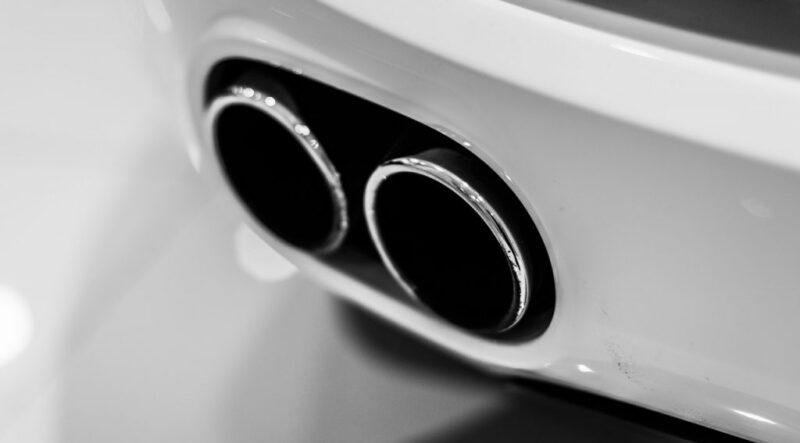Cars are complex and intricate machines, but the exhaust system is one of the most important components. From reducing air pollution to improving engine performance, understanding how car exhaust works is essential for every driver. In this article, we will be exploring different types of exhaust systems and their unique capabilities.
We’ll explain what makes each type special, so you can make an informed decision when it comes to selecting a new car or upgrading your existing vehicle. With our help, you’ll have all the information necessary to choose the best option for you and your lifestyle. So let’s get started on discovering more about car exhaust systems!
Table of Contents
Overview of Car Exhaust Systems
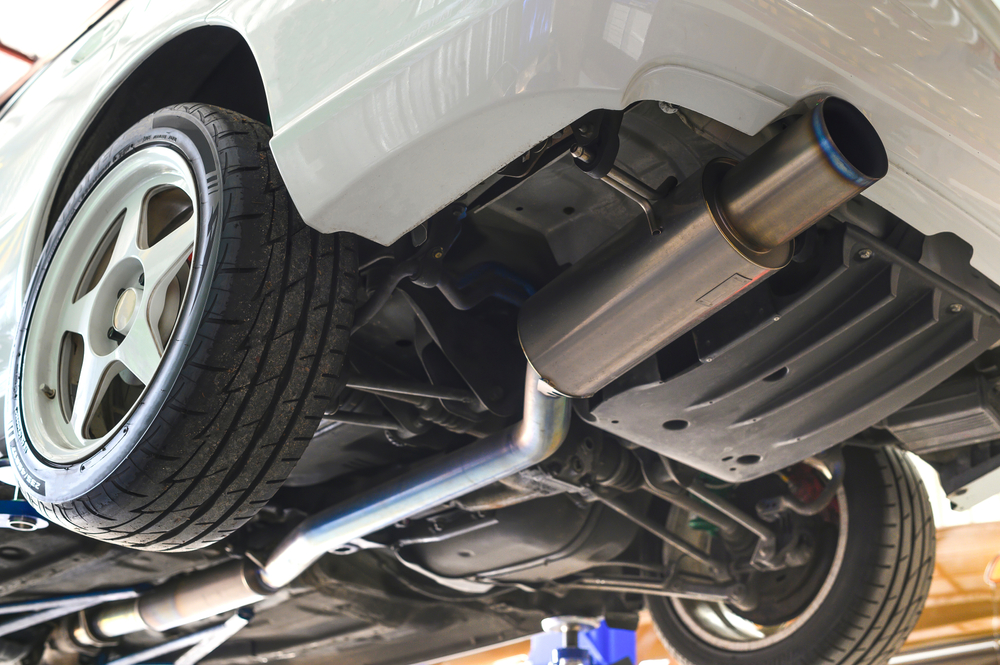
From traditional mufflers and catalytic converters to modern innovations like electronic valve control systems, this overview will help you understand how each type works best for your car’s needs. We’ll discuss what makes each system unique, including its design features, cost-effectiveness, and performance metrics.
Additionally, we’ll explore why it’s important to choose the right exhaust system for your vehicle to ensure optimal fuel efficiency and long-term reliability. Finally, we’ll review some of the top brands on the market that offer reliable solutions for all types of cars.
By understanding these various options in car exhaust systems, you can make an informed decision that fits both your budget and driving style!
Components of a Typical Exhaust System
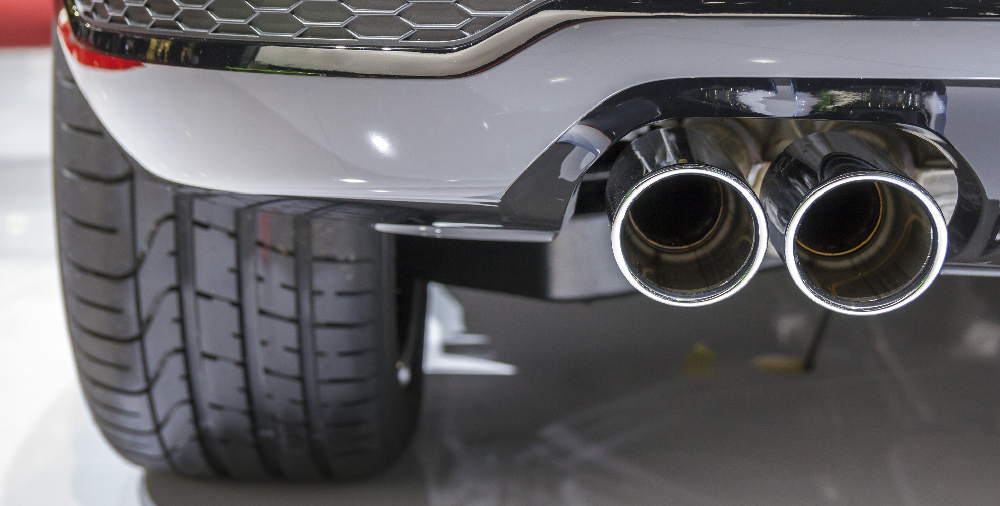
A typical car exhaust system is composed of several components that work together to reduce the noise and emissions coming from your vehicle. The most important parts are the manifold, catalytic converter, muffler, and tailpipe. The manifold collects all the exhaust gases produced by your engine’s cylinders into one outlet for easier removal.
It also helps ensure a proper air-to-fuel ratio to keep your engine running at its optimal level. Next comes a catalytic converter which converts harmful pollutants like carbon monoxide and hydrocarbons into less toxic compounds before they can be released out of the tailpipe.
This part is especially important for reducing emissions and keeping them within legal limits set by local laws or regulations. To minimize noise pollution from your vehicle’s engine, a muffler is placed downstream from the catalytic converter to reduce sound levels without impeding airflow too much.
A well-designed muffler will not only significantly lower decibel levels but also improve performance as it can create backpressure which gives more power when needed while still providing quieter operation overall.
Finally, there’s a tailpipe attached at the end of all this piping that directs any remaining fumes away from passengers inside the car as well as other drivers on the road nearby.
In some cases, an additional tip may be installed here to further reduce sound output if desired or required by law enforcement officials in certain locations around town such as near schools or hospitals where extra attention must be paid due to health concerns associated with higher levels of pollution exposure over time
Different Types of Exhaust Systems
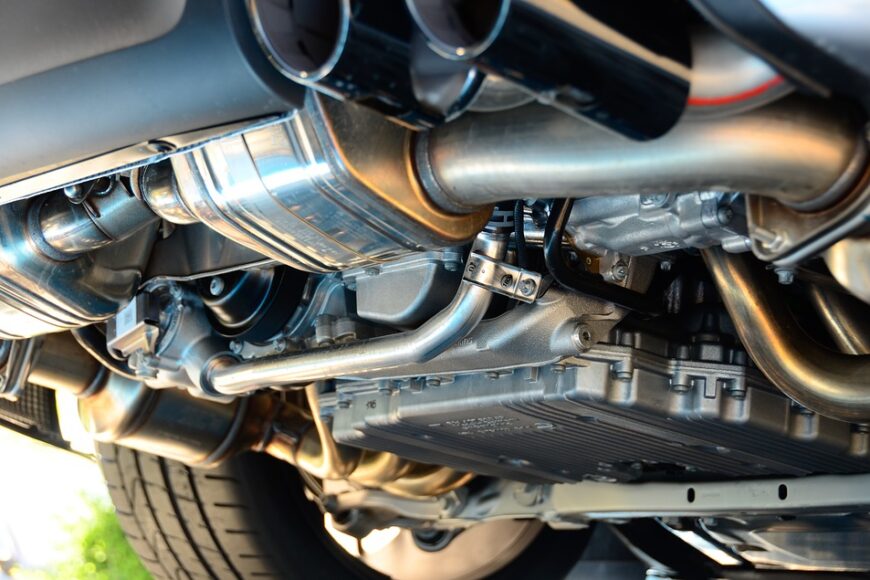
When it comes to car exhaust systems, several different types have been developed over the years. The most common type of system is a manifold exhaust system, which uses pipes or tubes to connect all of the cylinders in an engine and funnel their emissions into one single exit point at the rear of a vehicle.
Other types include turbocharged systems, catalytic converters, mufflers, and other components like hangers and resonators. Each type has its unique purpose when it comes to reducing noise levels and improving fuel efficiency.
Manifold exhaust systems are usually found on older cars as they were designed for maximum power output rather than efficiency or quieter operation. Turbocharged systems use turbines to pressurize air entering an engine’s intake valves to increase power without increasing fuel consumption significantly.
Catalytic converters help reduce harmful emissions from vehicles by converting them into less harmful forms before exiting out through the tailpipe. Mufflers reduce noise levels from engines by using baffles or chambers that absorb sound energy produced by combustion processes inside an engine block.
Finally, hangers and resonators improve sound quality coming out of a vehicle’s exhaust system while also helping prevent vibrations caused by rapid changes in airflow within an exhaust pipe network.
Conclusion
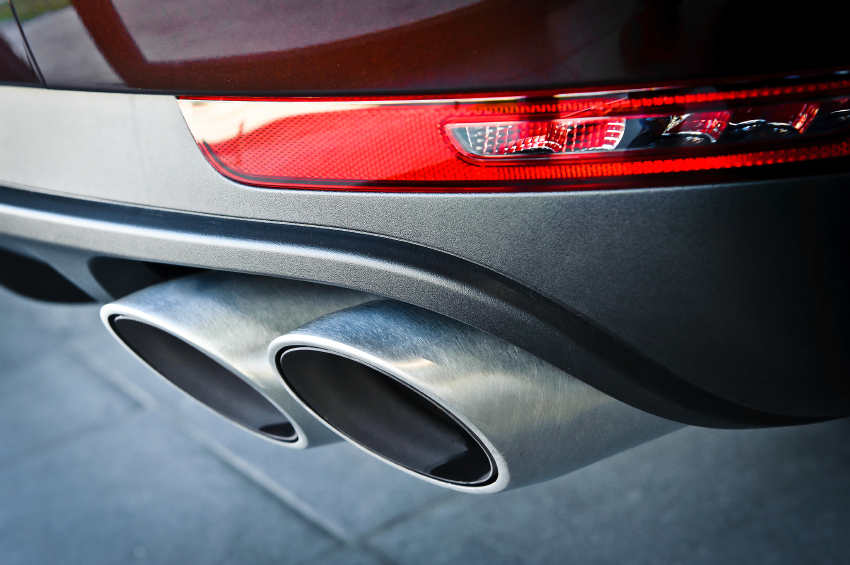
The car exhaust system is an essential component of any vehicle. It controls both the noise and the emissions that come out of your car, so understanding what type of exhaust system you have is important for maintaining optimal performance.
There are several different types of car exhaust systems on the market, ranging from standard factory-issued components to aftermarket options like cat-back exhaust systems. All serve similar functions but offer unique benefits in terms of power output, sound level control, fuel efficiency, and other factors.
Click here for the cat-back exhaust system – it could be just the upgrade you need to take your ride to the next level!

